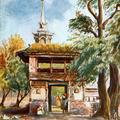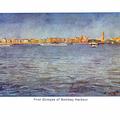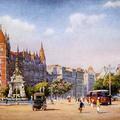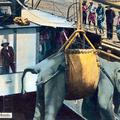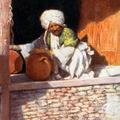Dehra Doon Railway Station
A geographically instructive postcard, which helps the traveler locate themselves on the way to Mussoorie, almost 40 kilometers from the railway station. The famous "Camels Back" hump is also pointed out. The steam on the railway engine looks real.

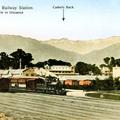

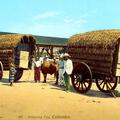
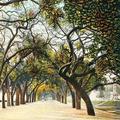
![[Zenana Carriage] [Zenana Carriage]](https://www.paperjewels.org/sites/default/files/styles/square_thumbnail/public/slides/carriage_0.jpg?itok=qY5XcnEW)
